The 8C Competizione was both a return to the roots of Alfa Romeo and a testbed for the future. It was created in the middle of a process of reorganisation in the automotive sector as it prepared to face the new millennium. It became the banner around which Alfa Romeo would redefine its identity and values, a stylistic and technical point of departure for future product planning.
In early 2006, Sergio Marchionne gave the signal to launch the series production of a concept car that had generated so much excitement at the 2003 Frankfurt Motor Show. Alfa Romeo Centro Stile, under the management of designer Wolfgang Egger, redefined the original design in just eight months and presented the definitive production version at the Paris Motor Show. The 8C collected 1,400 orders from all over the world in a few weeks, and the 500 numbered models planned were sold out well before it began production.
The Essence of Alfa Romeo
The story of the 8C Competizione starts from its name. “8C” refers to the eight cylinder cars designed by Vittorio Jano, cars which in the 1930s won races all over the world including four wins in a row at Le Mans and three at the Mille Miglia. “Competizione”, on the other hand, was the name of the 6C 2500 that Juan Manuel Fangio drove in the 1950 Mille Miglia.
Created to synthesise and relaunch the quintessence of Alfa Romeo, the 8C echoed technical themes dear to the brand since the beginning. Lightness was enhanced by the “dual frame” and by the use of aluminium, titanium, carbon and composite materials, the weight balance between front and rear was obtained using a “transaxle” system (longitudinal front wheel drive and rear-axle gearbox) and driving precision was further refined through the use of suspension systems with double transverse arms on both axles.
The 8C boasted a powerful engine, a 4.7-litre V8 delivering 450hp, but above all it marked a return to the rear-axle gearbox, which had been missing from Alfa Romeo road cars since the early 1990s. The result was a car with an optimal weight/power ratio, able to reach 62mph from stationary in just 4.2 seconds.
A homage to the history of car design
Then there was the little matter of style. The almost swollen bonnet seemed to bite the tarmac, its profile soft and sinuous with a horizontal cut uniting the wheel arches, joining them to the “muscular” shape of the rear mudguard and the rear window was wrapped by the uprights, which extended backwards until they tapered on the tail.
It resembled a quiz on design from brand history. Its “eyes” came from the 33 Stradale, slightly higher than the bonnet line; its rear recalled that of the ’61 Giulietta SZ, the first “truncated tail”; the circular rear lights are a tribute to the Giulia TZ. The 8C played with the past, as though the Alfa Romeo Centro Stile was paying tribute to a whole era of car design.
Creativity and Science
From the 1930s, designers and coachbuilders had begun to use aerodynamics as the key to making their racing cars more competitive. The first step was to smoothly incorporate external elements, such as mudguards and headlights, within the bodywork profile. Then they developed increasingly softer, more connected and streamlined shapes.
This was a challenge to stimulate the imaginations of great designers, convinced that everything that is beautiful must also be efficient. Unleashing their creativity and skills, they built some of the most beautiful and successful cars ever made. Many of them sported the Alfa Romeo badge.
The 8C Competizione took cars from that period as its inspiration, and celebrated them through the boldness of its volumes, its clean lines and its cheeky focus on distinctive brand features from the past.
The Alfa Romeo trilobo
The front view of an Alfa Romeo is unmistakable, everyone instantly recognises the central shield and the two horizontal air intakes on either side. This combination is perhaps the most famous “face” in the world of motorcars, the “trilobo”, and was identified in the 1930s.
Before then, there was little space for style, a car’s “face” consisted of a radiator flanked by headlights, and sometimes protected from the gravel on the road by a grate. As soon as shapes began to soften the Alfa Romeo shield appeared, but when it became too small to cool the increasingly powerful engines, the two lateral air intakes made their debut. Enthusiasts immediately renamed these “the mustache”.
The trilobo was officially adopted as a brand symbol starting with the 6C 2500 Freccia d’Oro. Like all symbols it evolved over time, reflecting tastes and fashions, but always remained unique and unmistakable. It was sinuous and imposing on the 1900 and thinner on Giulietta. It was aerodynamic and tense on Giulia, angular and almost perfectly equilateral in the 1970s and 80s. It was minimalist and stylised in the 1990s, but with the 156 and 8C it returned to its natural leading role, which has since featured on all subsequent models.
The legacy of the Alfa Romeo 8C Competizione
The 8C Competizione summarised the most classic canons of Alfa Romeo style, and became a natural inspiration for all later models, such as MiTo and Giulietta. However, the 8C also had a close relative in the 4C. A compact technological and sensual supercar, it was clearly related to the 8C but without having to bear the burden of being a limited edition.
With the 4C, Alfa Romeo returned to the compact sports market by offering cutting-edge materials and technological solutions, combined with maximum lightness and extraordinary dynamic qualities.
The 4C
The Alfa Romeo designers decided not to maximise the power, instead keeping the weight down so it came in at just over 1,000kg, giving it a weight/power ratio of less than 4kg/hp. Two values that guaranteed maximum agility and thrilling performance.
To achieve the desired lightness it used a cradle-like monocoque frame, completely made from carbon fiber and made with technology derived from Formula 1. The material, composed of unidirectional fibers, was pre-impregnated with a special resin before being subjected to a process known as “cooking”. With this treatment, the cradle could be made in a single piece and was able to perfectly perform its structural tasks despite weighing only 65kg.
The 4C engine too was ultra-light. The 1,750cc four-cylinder in-line engine, entirely made of aluminium, generated up to 240hp. To ensure optimal weight distribution, it was placed in a transversal rear position. The gearbox used a double dry clutch system.
Its suspension systems were notably sporty, with a double overlapping front triangle, with spring-shock absorber assembly, fixed directly to the monocoque and an evolution of the classic McPherson system on the rear axle.
The 4C achieved top speeds of over 158mph, accelerating from zero to 62mph in 4.5seconds.
Alfa Romeo reopens its historic Museum on its 110th Birthday

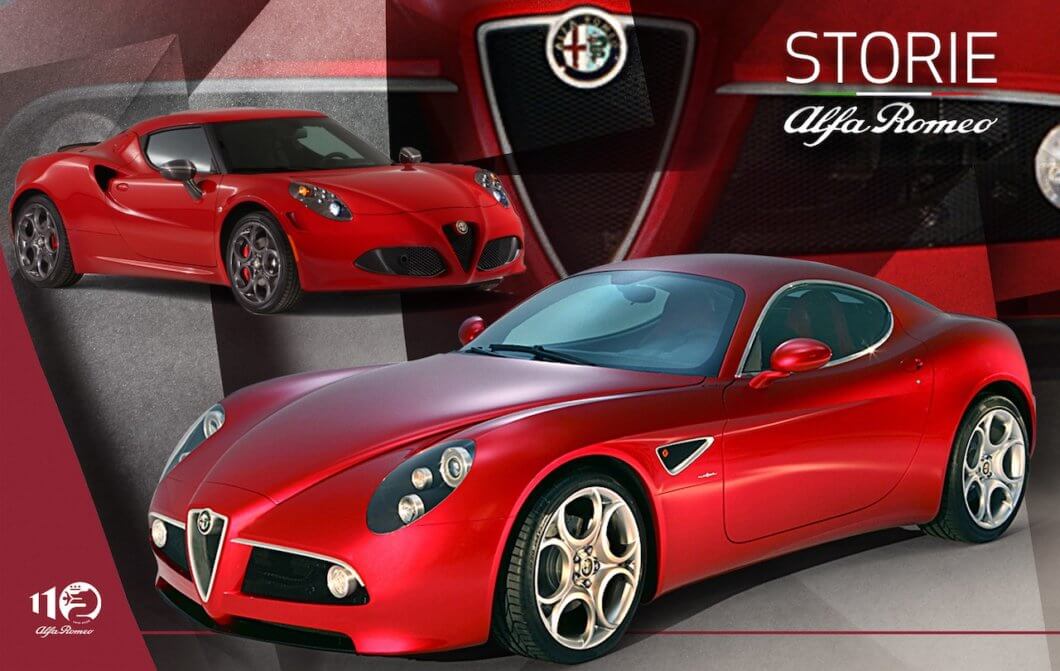
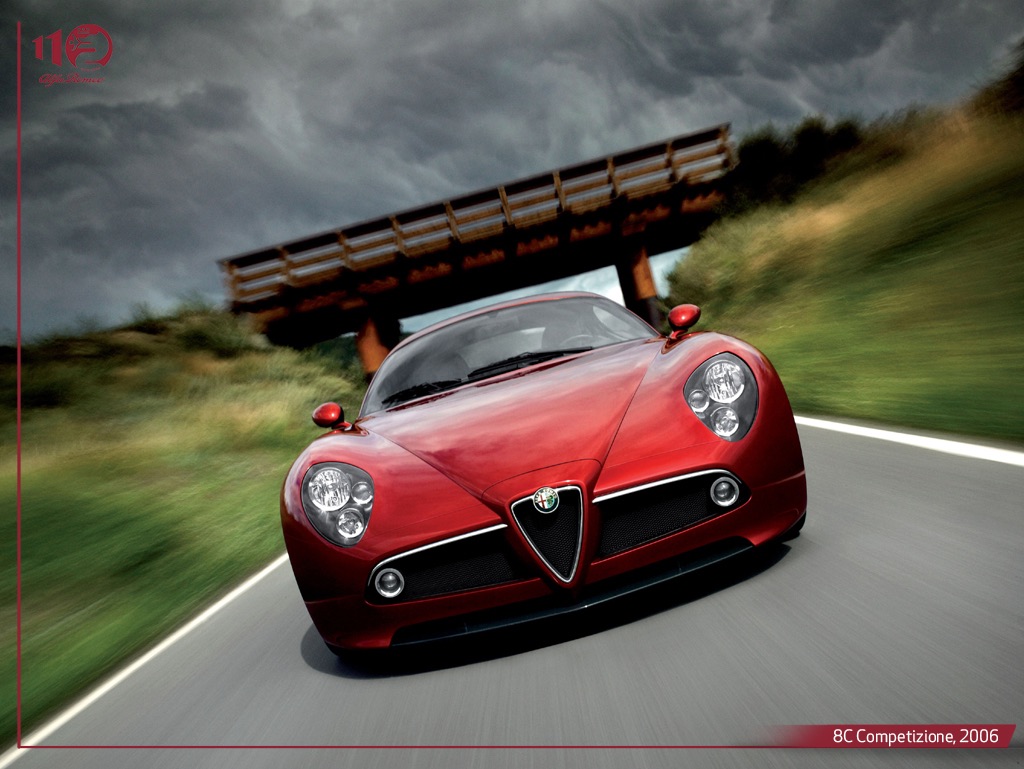
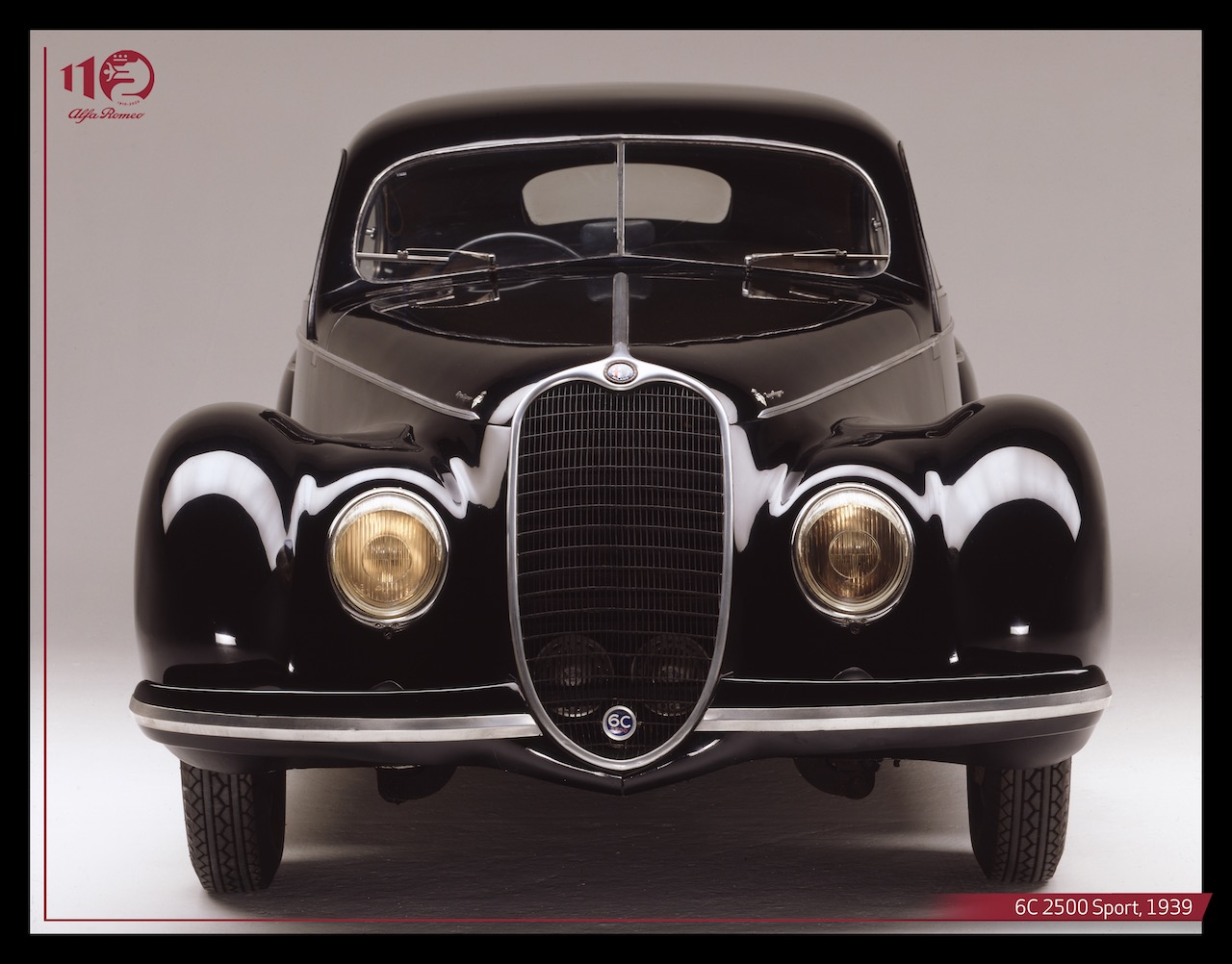
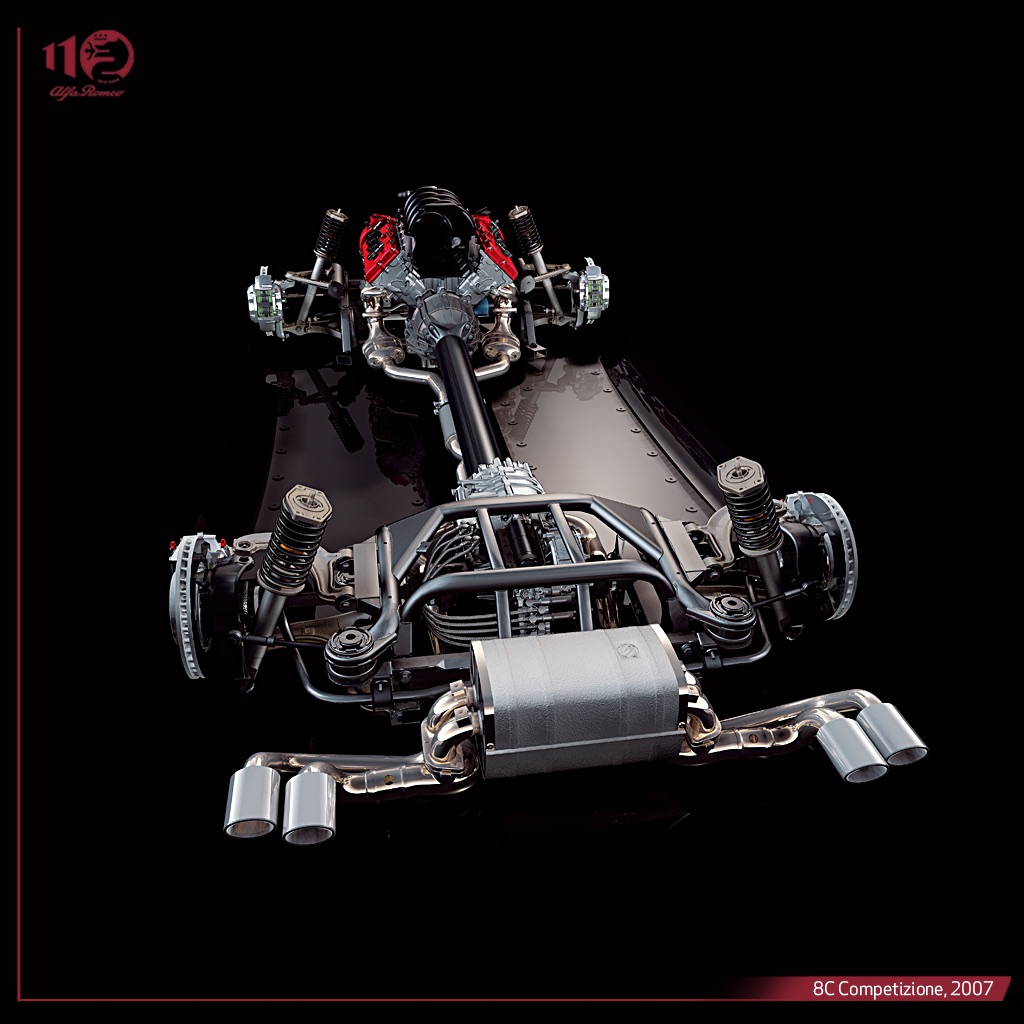
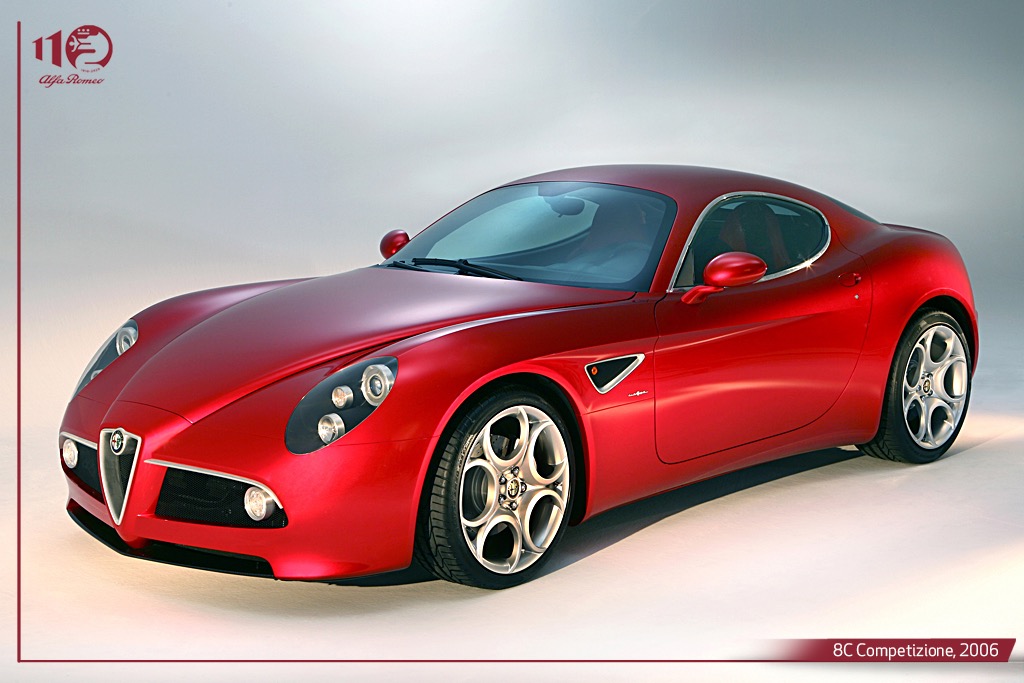
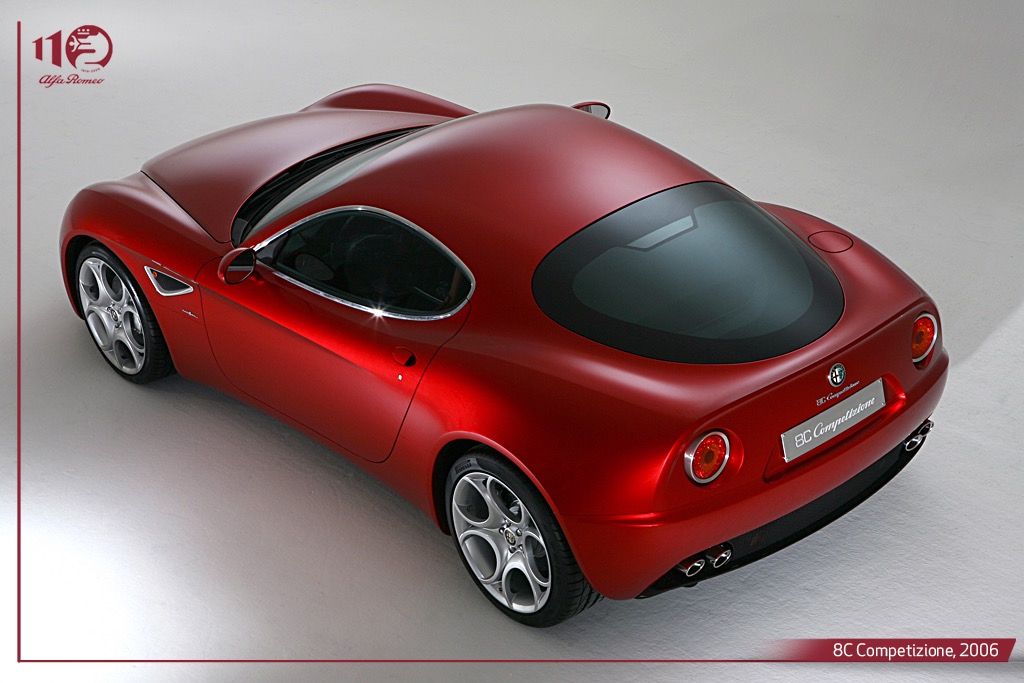
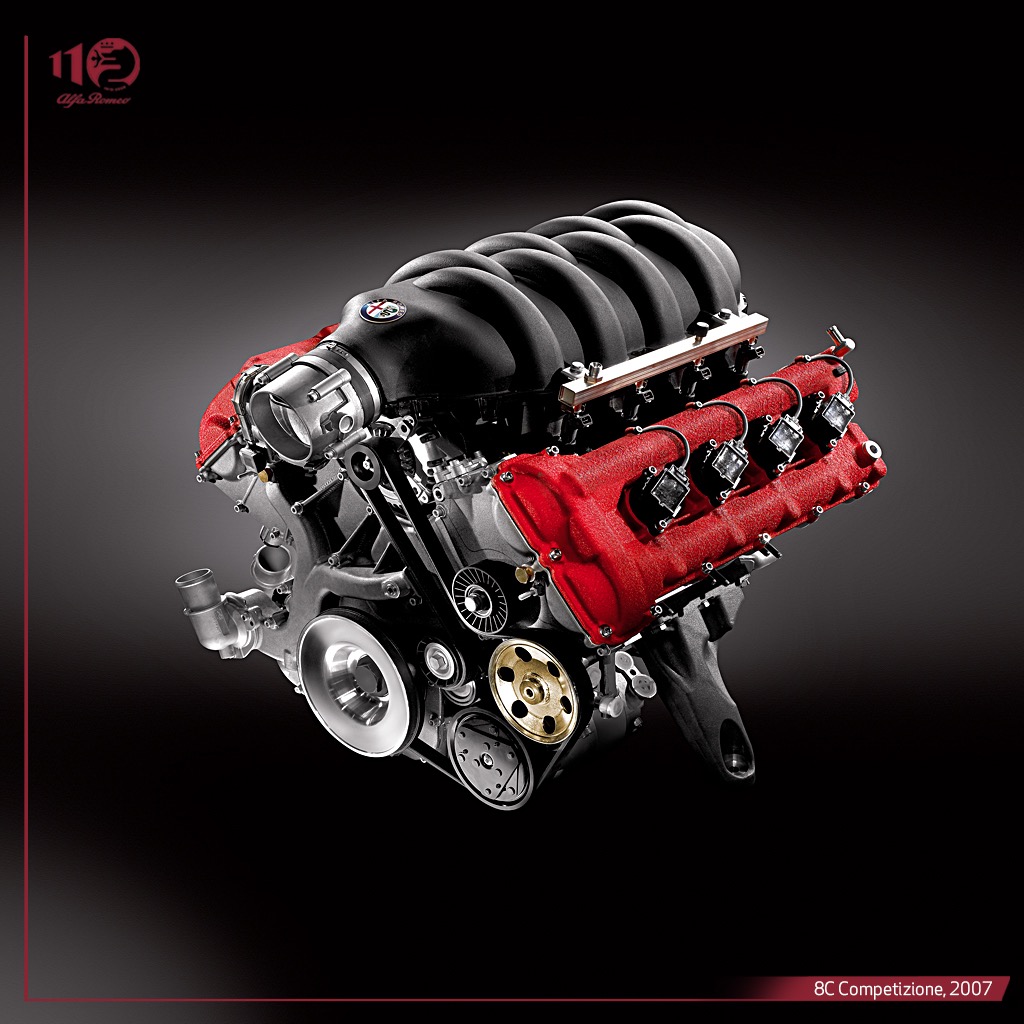

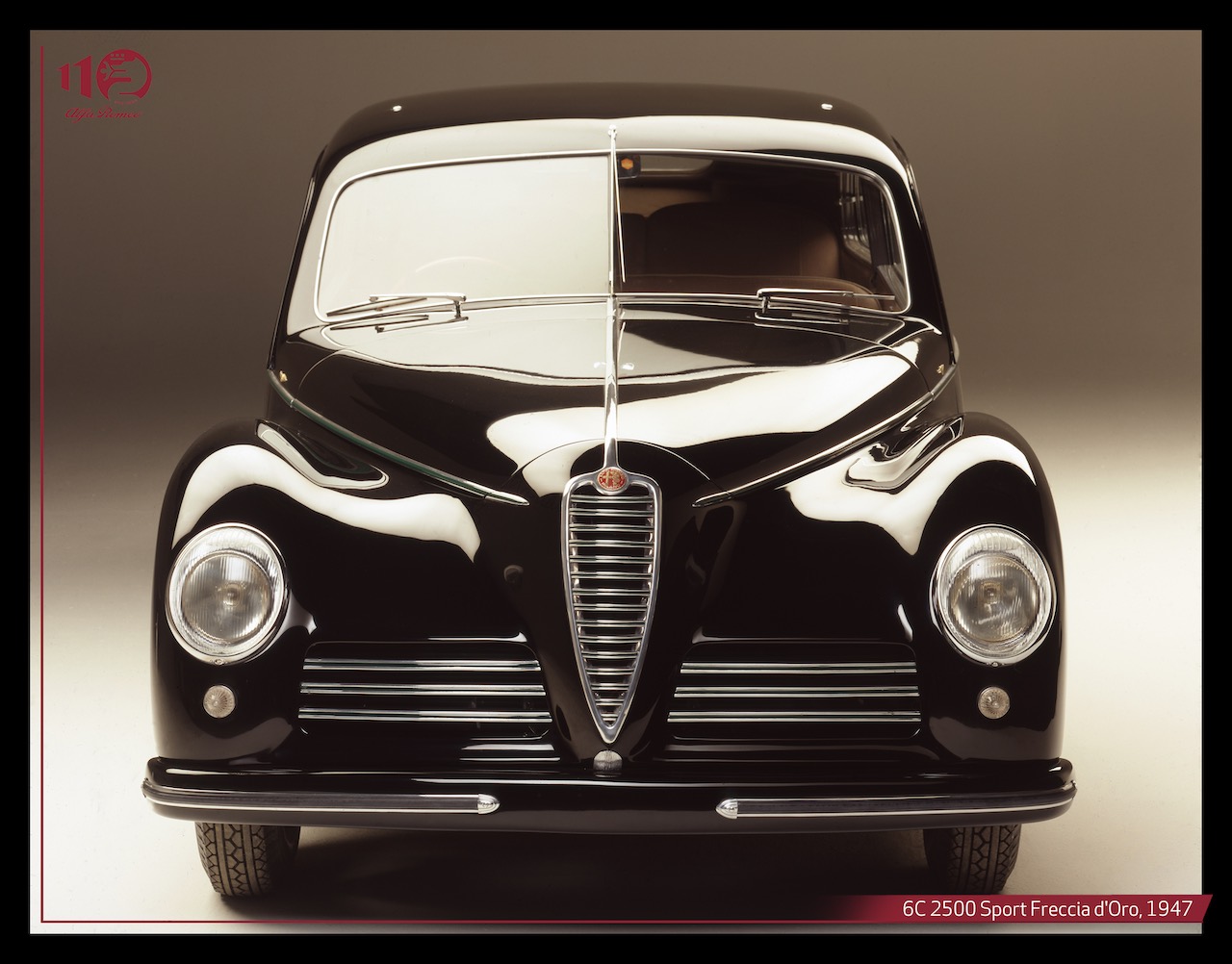
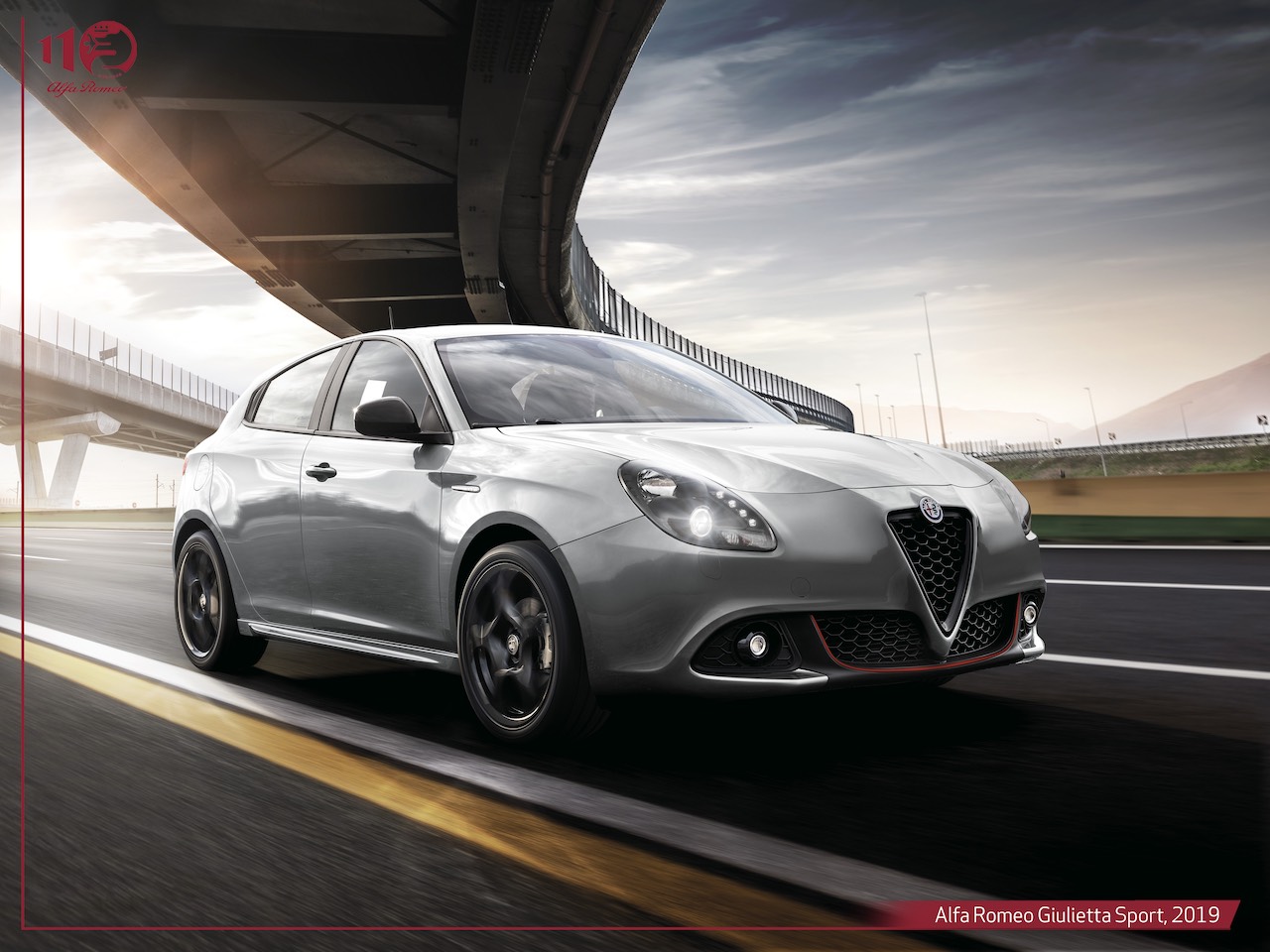
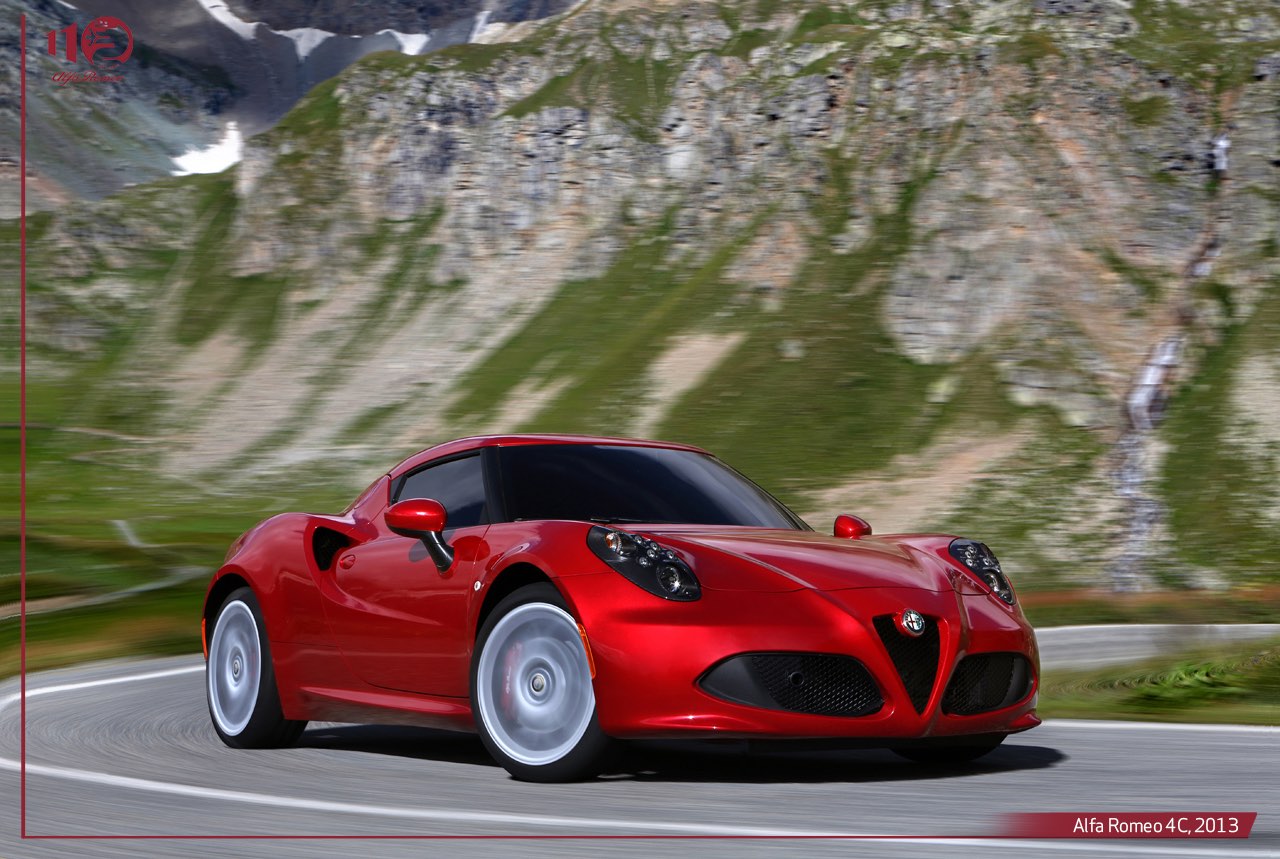

Pingback: RM Sotheby's offers striking Alfa Romeo TZ3 Stradale Zagato
Pingback: 3 iconic Alfa Romeo's - 33 Stradale, Carabo and the Montreal
Pingback: Alfa Romeo reopens its historic Museum on its 110th Birthday